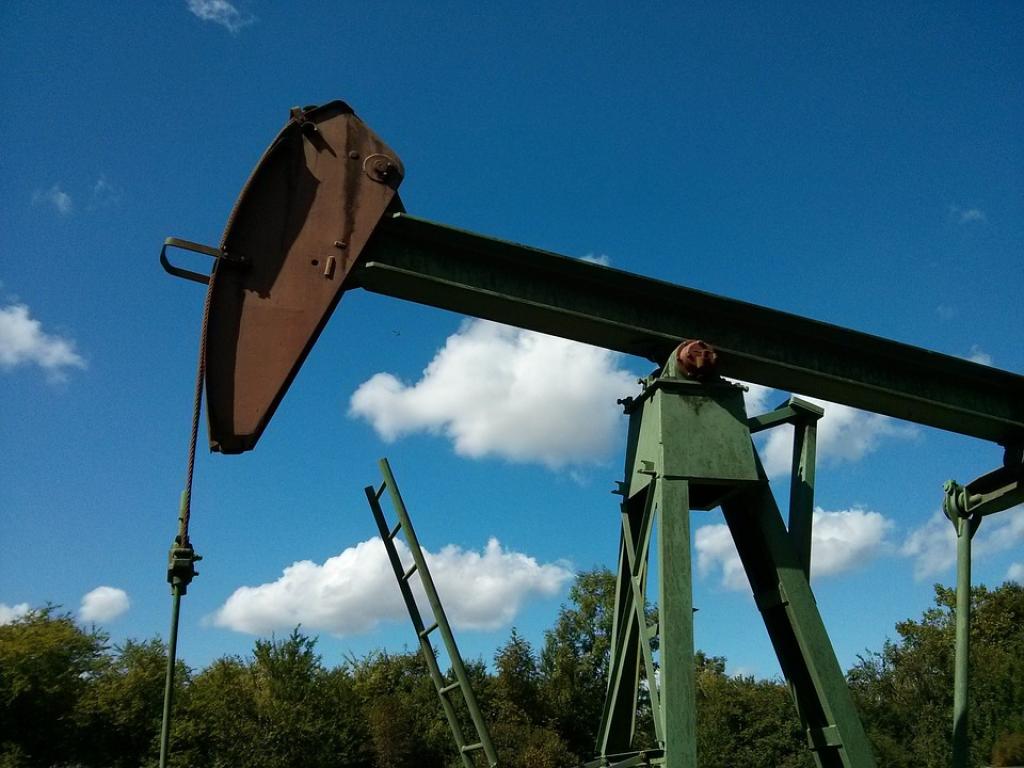-
Tips for becoming a good boxer - November 6, 2020
-
7 expert tips for making your hens night a memorable one - November 6, 2020
-
5 reasons to host your Christmas party on a cruise boat - November 6, 2020
-
What to do when you’re charged with a crime - November 6, 2020
-
Should you get one or multiple dogs? Here’s all you need to know - November 3, 2020
-
A Guide: How to Build Your Very Own Magic Mirror - February 14, 2019
-
Our Top Inspirational Baseball Stars - November 24, 2018
-
Five Tech Tools That Will Help You Turn Your Blog into a Business - November 24, 2018
-
How to Indulge on Vacation without Expanding Your Waist - November 9, 2018
-
5 Strategies for Businesses to Appeal to Today’s Increasingly Mobile-Crazed Customers - November 9, 2018
Oil Rebounds on Forecast of Declining US Shale Output
“Only in 2017 will we finally see oil supply and demand aligned but the enormous stocks being accumulated will act as a dampener on the pace of recovery in oil prices”, it added. Seeking additional protection against wild swings in prices, oil traders have scrambled to scoop up options, sending a key index to its highest level since the worst of the global economic crisis in 2008, data showed.
Advertisement
The IEA said in its February Oil Market Report that it expects global oil demand growth to “ease back considerably” this year to 1.2 million barrels per day, down from a five-year high of 1.6 million bpd in 2015.
With production outpacing demand by 1-2 million barrels every day, crude prices have fallen around 70 percent since mid-2014.
“The current rig count implies… annual average US production would decrease by 445,000 barrels per day yoy (year-on-year) on average in 2016”, Goldman Sachs analysts said in a report.
“In 2016, we are living in perhaps the first truly free oil market we have seen since the pioneering days of the industry”, the IEA said, with oil producers maximizing production with little consideration for price.
The agency also noted that while oil prices should start to rise gradually once the market begins rebalancing, the availability of resources that can be easily and quickly tapped will limit the scope of rallies – at least in the near term.
With oil producers like Algeria, Nigeria and Venezuela facing domestic contraction, the IEA also warned of a risk of insufficient investment undermining stable oil supply.
Still, the report injected energy into the oil markets.
That compares to the boom-time rate of 11 million barrels per day in new production from 2009 through 2015.
Worldwide, oil inventories will increase by just 100,000 barrels a day next year and fall by around 400,000 a day in 2018, the agency said.
Oil prices will reach $80 a barrel by 2020 as global oil supply growth is “seriously” plunging, the head of the IEA said Monday.
America was still seen supplying the bulk of increased supplies, contributing two-thirds of the projected increase from outside of the Organisation of Petroleum Exporting Countries. Although earlier this month, Russian Federation and Saudi Arabia entered into an agreement to freeze their oil output, this deal is not likely to impact global crude production, as Iran has refused to cut its production. In theory, lower fuel and energy costs should be a boon to many companies and consumers, a driver of spending, and in turn a boost to USA gross domestic product.
Advertisement
The drop in benchmark prices is partly due to the prospect of rising Iranian production prolonging the world oversupply, analysts said. But ANZ bank cautioned that crude supply growth from Iran “will more than compensate” for any decline in US output.





























